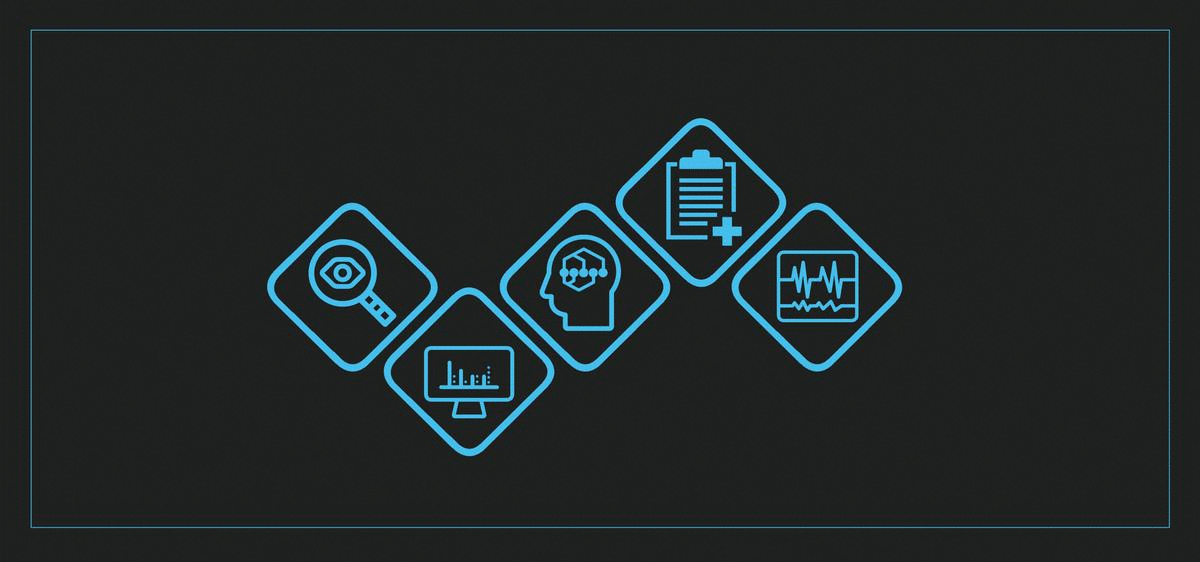15-12-2021
Telehealth in India - A Roadmap to Remote Healthcare Ravideep Singh

The onset of the COVID-19 pandemic last year questioned healthcare infrastructure across the globe. Before the outbreak of the virus, the Indian healthcare system barely managed to make ends meet. Globally, the World Health Organization recommends a doctor to population ratio of 1:1000, while in India, this ratio remains as low as 0.67:1000.
The pandemic further amputated an already fragile system, further making it crumble to pieces. While experts forewarn about the third wave, architects, planners and healthcare workers are preparing the healthcare system for future outbreaks. Over the course of the last two waves of the pandemic, the system has undergone a significant paradigm shift, one of which is the implementation and adoption of telehealth.
Since October 2020, the Indian telehealth industry has witnessed a massive boost. Tele-consultations, e-pharmacies and remote monitoring are gaining trust and popularity amongst, both patients and healthcare professionals. With the growing acceptance of telehealth, in March 2020, the Ministry of Health and Family Welfare (MoHFW), together with NITI Aayog and the Board of Governors (BoG) Medical Council of India (MCI), has released the first set of formal guidelines to regulate practices across the nation. 75 per cent of India’s doctors are based in cities and urban areas, while over 68 per cent of the Indian population resides in rural areas. It is believed that telehealth is the only plausible medium to bridge the gap between the urban and rural populations’ access to quality healthcare.
The goal of telehealth is to strategically streamline and re-program the Indian healthcare industry by leveraging technology for infrastructural and logistical deficiencies to render high-quality care across social, economic, and geographical zones. Today, telehealth is breaking barriers of patient inhibitions and discomfort by embracing technology for medical aid and assistance. Telehealth intends to make healthcare more equitable and accessible to the commoners while streamlining quality healthcare delivery for the future -- anticipated to be low on physical infrastructure and heavily reliant on technology. Telehealth could also reduce medical waste, thus allowing hospitals and healthcare facilities to thrive as sustainable models. It is expected that telehealth will be a catalyst in promoting digital equity in India while rendering enhanced reach across rural areas.
With these goals, the future of telehealth looks promising. To successfully enable accessible and user-friendly telehealth practices, healthcare providers and designers need to work in tandem to facilitate seamless integration of healthcare infrastructure and technology. During the design phase of medical infrastructure, scenario and strategic planning are key. With improving technologies and increasing demand for quality medical consultations, digital interventions are inevitable. However, careful planning and mitigation can create a coherent system.
Tele-health in India is still in the pilot stage. While there have been changes in the way we approach healthcare and medical aid, the shift will not happen overnight. We need to address the gaps in technology and infrastructure before hospitals can rely on telehealth and e-consultations for patients. Telehealth cannot replace traditional medical consultations, procedures, and emergency hospital visits immediately, but it promises to reduce the burden on our frail healthcare systems, especially during rough times like these. We still have a long way to go till it evolves, adapts, and disseminates across the dynamicity and diversity of the Indian population and market.















